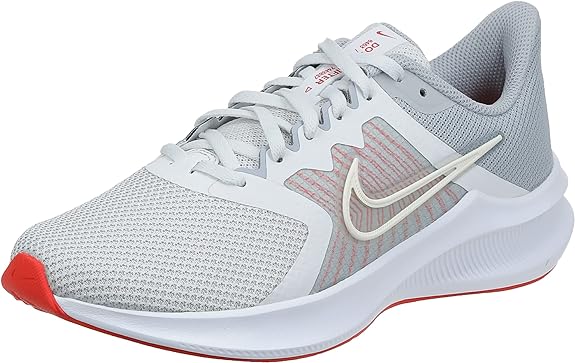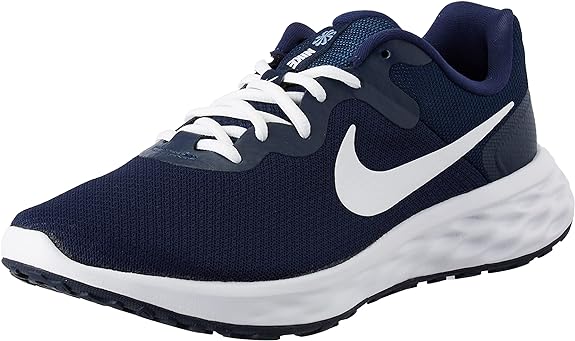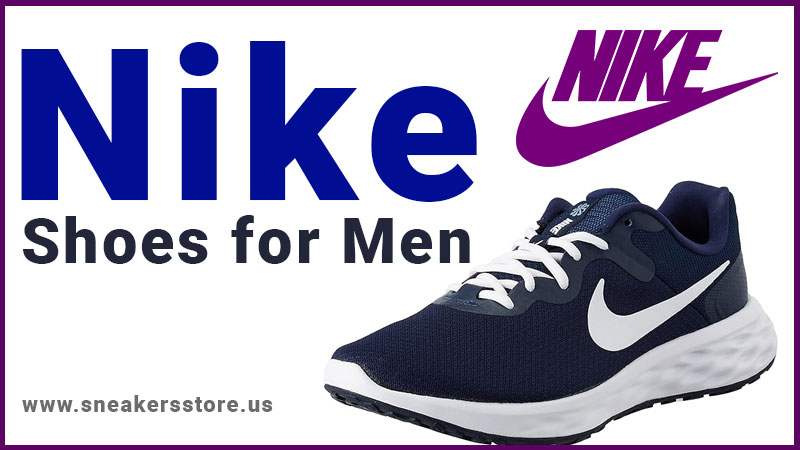running shoe technology had seen several major advancements and trends. Here’s a summary of the most notable innovations and trends from that time:
- Carbon Fiber Plates: Brands like Nike, HOKA, and Brooks introduced shoes with carbon fiber plates sandwiched between layers of foam. These plates act as a spring, propelling runners forward and increasing efficiency. Nike’s Vaporfly and Alphafly are popular examples of this.
- Advanced Foams: Shoe manufacturers have been developing lighter and more responsive foam materials for better cushioning. For instance, Nike’s ZoomX foam and adidas’ Boost technology are standout examples.
- 3D Printing: Companies have begun using 3D printing to create midsoles tailored for specific foot types and running styles. This allows for greater customization and potentially a better fit for individual needs.
- Sustainability: Many brands, including adidas, Brooks, and Allbirds, have started producing shoes made from recycled or sustainable materials, aiming for both performance and environmental responsibility.
- Personalized Fit: There’s been a push towards creating shoes that adapt to an individual’s foot shape and running style. Nike’s Adapt technology, which automatically adjusts the shoe’s fit, is one example.
- Data Collection: Some running shoes, like the Under Armour HOVR series, have integrated sensors to collect data on running metrics (e.g., distance, pace, stride length). This can sync with mobile apps to provide feedback to the runner.
- Maximalist Shoes: HOKA ONE ONE is one of the brands known for this. These shoes have a thick cushioned sole, offering increased comfort and reducing impact.
- Sock-Like Uppers: Many brands have developed shoes with a one-piece upper that fits like a sock, eliminating traditional tongues and laces for a snugger, seamless fit.
- Traction Innovations: For trail runners, improved outsole materials and lug designs provide better grip on varied terrains, enhancing safety and performance.
Innovations in Running Shoe Tech
It’s important to note that the running shoe industry is rapidly evolving, and new innovations emerge regularly. Checking recent sources will provide the most current developments. here’s a more concise overview of the notable innovations in running shoe technology:
Lighter Foam
The push for lighter foams in running shoes has been driven by the desire to combine cushioning with reduced weight for improved performance. Here’s a brief overview of some popular lightweight foam technologies as of 2023:
- Nike ZoomX: Found in Nike’s elite running shoes like the Vaporfly and Alphafly, ZoomX foam is lauded for its optimal balance of weight, responsiveness, and durability. The foam is ultra-light and provides excellent energy return.
- adidas Boost: Made from thermoplastic polyurethane (TPU) pellets that are fused together, Boost offers a unique combination of softness and energy return. It’s heavier than some newer foams but still a favourite among many runners.
- Brooks DNA Flash: Introduced in shoes like the Brooks Hyperion Tempo, this nitrogen-infused foam is lightweight and responsive, designed to offer a fast, efficient ride.
- New Balance FuelCell: This foam is designed to deliver a propulsive feel. Shoes using FuelCell aim to provide speed along with cushioning.
- Saucony PWRRUN PB: Used in shoes like the Saucony Endorphin Pro, this is a Pebax-based foam, similar in some ways to Nike’s ZoomX. It’s lightweight with high energy return.
- HOKA ONE ONE PROFLY: Found in several HOKA models, this foam offers a softer heel for absorption and a firmer forefoot for propulsion.
- ASICS FlyteFoam: This foam is organic and utilizes fibres for structure, ensuring the foam doesn’t pack out as quickly as traditional materials. It’s lighter and more adaptive than standard EVA foams.
Manufacturers are constantly experimenting with materials, processes and compounds. thereby pushing the limits of midsole foam technology.
Carbon Technology
Carbon technology, particularly in the context of running shoes, primarily refers to the integration of carbon fibre plates within the shoe’s midsole. Here’s a brief overview of carbon technology in running shoes:
Purpose: Carbon fibre plates are integrated into the midsole of running shoes to provide a spring-like effect. Studies have indicated that shoes with carbon plates can improve running economy (the amount of energy used at a given pace) by 4-5%, a significant margin in elite racing.
Not all carbon plates are identical. Their position, curvature, and thickness can vary between shoe models and brands, each aiming to optimize propulsion and support. Initially, carbon plate technology was reserved for elite racing flats. While the spotlight is on running shoes, carbon fibre is not new to the sporting world. It’s worth noting that while carbon plate running shoes offer performance benefits, they aren’t suitable for everyone.
New Tech to Prevent Injuries
several technologies had been developed or were in the process of development to help reduce the risk of injuries. High-speed cameras and motion-capture systems analyze an individual’s movement in sports or exercises. These are designed to fit inside shoes and measure pressure distribution, stride length, and other metrics.
Devices like pneumatic compression sleeves, electronic muscle stimulators, and infrared therapies aid in faster recovery, reducing the chance of injuries stemming from muscle fatigue or overuse. Beyond carbon plates, shoes now incorporate technologies for better shock absorption, stability, and support, tailored to an individual’s foot shape and gait, thus reducing injury risk.
Devices that provide immediate feedback on posture, form, and technique help users correct their movements on the spot, preventing habits that could lead to injuries. Especially relevant in the post-COVID era, digital platforms enable athletes to connect with healthcare professionals and therapists remotely, ensuring timely advice and interventions.
Maximalist Design Philosophy
Here’s a glimpse into the potential directions and innovations we might see in the realm of smart footwear: More Advanced Biometrics: Beyond basic step counting and pressure mapping, future smart shoes may analyze a wider range of biometrics, including hydration levels, fatigue, and even muscle exertion.
With real-time data collection, shoes could offer real-time feedback and coaching, advising on pace, gait adjustments, or even when to take a rest. Shoes might adapt in real-time to an individual’s needs, changing cushioning, arch support, or even grip based on the activity and surface.
Advancements in battery technology and energy harvesting (e.g., converting kinetic energy from walking into power) could make charging less frequent or even obsolete. Paired with AR glasses, smart shoes could provide an enhanced training or navigation experience, such as virtual race opponents or directional arrows on the ground.
Shoes could adjust based on the external environment, heating or cooling the feet or changing traction based on detected surface conditions. As sustainability becomes more critical, smart shoes may incorporate environmentally friendly materials and energy sources, like solar. Think of shoes with built-in alarms, location tracking, or distress signals for emergency situations.
For VR gaming and experiences, shoes could provide haptic feedback, motion tracking, and more to enhance immersion. Smart shoes for patients with specific medical conditions, like diabetic neuropathy, where the shoe can monitor foot health and detect issues early.
What are smart shoes?
Smart shoes are footwear integrated with technology to offer functionalities beyond just comfort and protection.
How do I charge my smart shoes?
Many smart shoes come with a USB charging port, while others may offer wireless charging. Always consult the shoe’s manual for specific charging instructions.
How long does the battery last on a smart shoe?
Battery life varies based on the shoe model and usage. On average, a smart shoe can last anywhere from a day to several weeks on a single charge.
Can I wear smart shoes in the rain?
Some smart shoes are water-resistant but not necessarily waterproof. It’s essential to check the manufacturer’s specifications before exposing the shoes to water.
Do smart shoes work with my smartphone?
Most smart shoes can connect to smartphones via Bluetooth. They often have companion apps available on iOS and Android platforms.
- PM Kisan Installment Status Beneficiary List 2024 @pmkisan.gov.in
- Chanel sneakers for women men
- Top 5 Best Running Shoes for women
- Top Quality & Model for Forefoot Running Shoes man & women
- Best Shop Lanvin Sneakers for man women & kids


